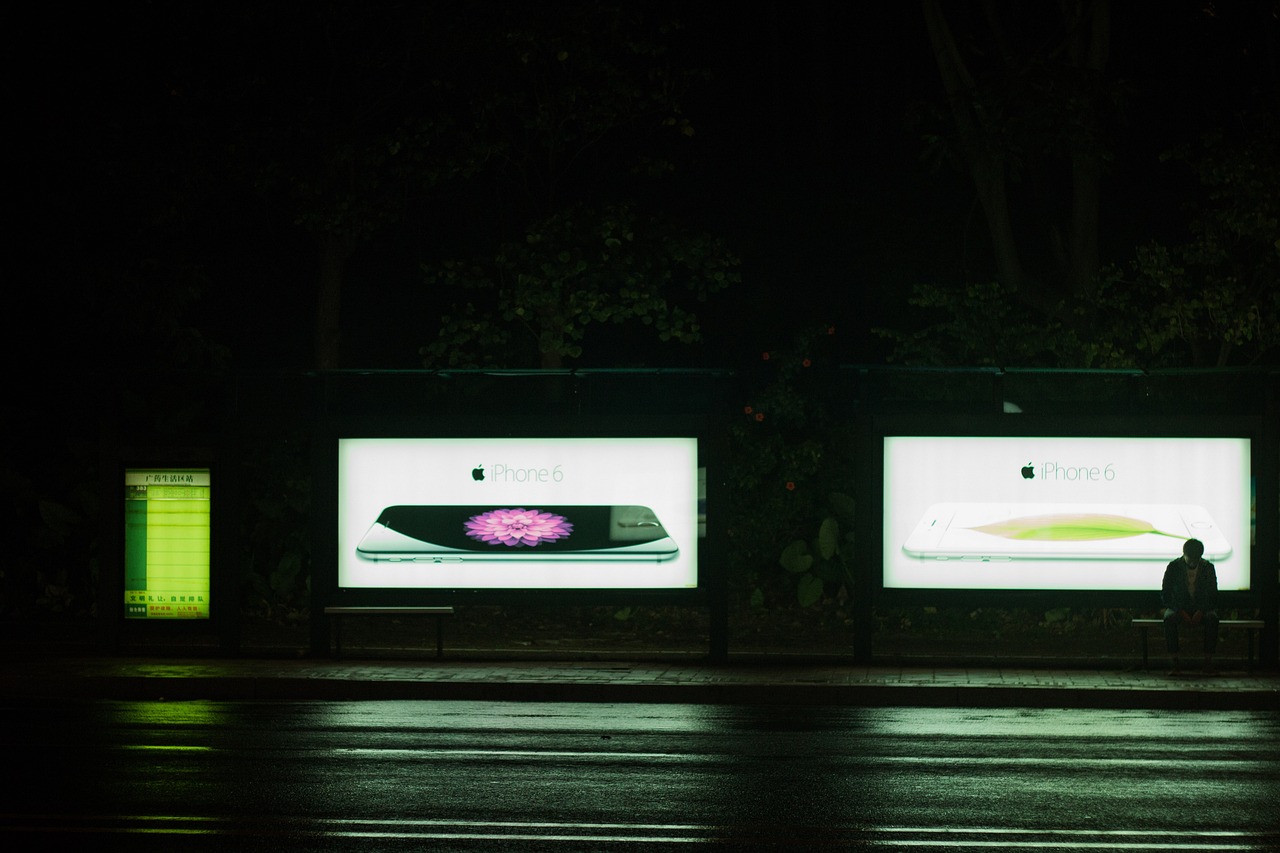The Art of Wine Label Design: Balancing Tradition and Innovation: Diamondexch999.com login, Skyexchange sign up, Ready book club login
diamondexch999.com login, skyexchange sign up, ready book club login: The design of a wine label plays a crucial role in capturing the attention of consumers and conveying the essence of the brand. It is a delicate balance between tradition and innovation that can make a wine stand out on a crowded shelf.
1. Tradition: Many wine labels are steeped in tradition, featuring classic fonts, ornate borders, and traditional images such as vineyards or chateaus. These elements evoke a sense of heritage and authenticity that can be appealing to consumers looking for a traditional wine experience.
2. Innovation: On the other hand, some wine labels take a more modern approach, using bold colors, minimalist design, and unique typography to stand out from the crowd. These labels appeal to younger consumers who are looking for something fresh and different.
3. Finding the balance: The art of wine label design lies in finding the balance between tradition and innovation. A label that is too traditional may come across as outdated, while a label that is too innovative may alienate traditional wine drinkers. The key is to find a design that is both classic and contemporary, appealing to a wide range of consumers.
4. Tips for designing a wine label: When designing a wine label, it is important to consider the following factors:
– Know your audience: Understand who your target consumer is and what appeals to them.
– Tell a story: Use the label to convey the story behind the wine, whether it’s the history of the vineyard or the winemaking process.
– Keep it simple: Avoid cluttering the label with too much information or design elements. A clean, simple design is often more effective.
– Choose the right colors: Select colors that evoke the mood and style of the wine. For example, deep reds and golds can convey a sense of sophistication, while bright colors may be more playful.
– Consider the typography: Select fonts that are easy to read and convey the personality of the wine. Avoid overly ornate fonts that may be difficult to decipher.
5. FAQs about wine label design:
Q: How important is the label in the purchasing decision?
A: The label plays a significant role in the purchasing decision, as it is often the first thing consumers notice about a wine.
Q: Can I change my wine label design?
A: Yes, you can change your wine label design to better reflect your brand or appeal to a different audience.
Q: How much should I budget for wine label design?
A: The cost of wine label design can vary depending on the complexity of the design and the designer’s fees. It is important to budget accordingly to ensure a high-quality design.
In conclusion, the art of wine label design involves finding the perfect balance between tradition and innovation. By understanding your audience, telling a compelling story, and keeping the design simple yet impactful, you can create a label that stands out on the shelf and resonates with consumers.







